Platysma Muscle
Table of Contents
What is Platysma Muscle?
- The platysma is a thin sheet-like muscle that is situated superficially within the anterior aspect of the neck.
- It begins in the upper thoracic & shoulder regions from a fascia that covers the pectoralis major & deltoid muscles.
- Its fibers ascend upper medially over the anterolateral aspect of the neck, to join to the mandible & the skin & subcutaneous tissue of the lower face.
- Unlike different muscles of the body that are situated deeper in the subcutaneous tissue, the platysma is located within the subcutaneous tissue of the neck (upper layer of the cervical fascia). Its superficial situation says that surgical dissections of the neck are necessary to account for underlying neurovascular structures.
Relations of Platysma Muscle
- The platysma muscle is situated just deeper into the subcutaneous fascia & fat. It covers different structures found deeper in the neck, like as the external carotid artery, the external jugular vein, the parotid gland, the lesser occipital nerve, the great auricular nerve, & the marginal mandibular branch of the facial nerve.
Origin of Platysma Muscle
- The platysma is encapsulated within the superficial cervical fascia, which is a zone of loose connective tissue between the dermis & deeper cervical fascia.
- The platysma arises from the fascia that covers the clavicle, the acromial region, & the superior portions of the pectoralis major & deltoid muscles.
- From its starting, the platysma crosses over the clavicle & ascends through the anterolateral sides of the neck.
- In its course together with the neck, the platysma crosses over the external & anterior jugular veins. The closest medial fibers of platysma interlace cross the midline with the opposite muscle fibers.
Insertion of Platysma Muscle
- The platysma has more ending points.
- Its medial fibers end into the lower border of the mandible or the skin of the lower lip.
- The lateral fibers of the platysma join to the skin & subcutaneous tissue of the perioral region, & to the muscles around the mouth. Here, the platysma mixes with the depressor anguli oris & depressor labi inferioris muscles & reinforces their motions.
- It is important to see that the platysma assists in the formation of the modiolus, which is a fibromuscular chiasm of facial muscles situated in the corners of the mouth. Thereby, the platysma helps the formation of the orbicularis oris complex together with other muscles of facial expression.
Nerve Supply
- The platysma muscle is a nerve supplied by the cervical branch of the facial nerve (CN 7th). In addition, it collects proprioceptive nerve supply from the transverse cervical nerve.
Blood Supply
- The platysma muscle collects its vascular blood supply from the submental branch of the facial artery as well as from the suprascapular branch of the thyrocervical trunk.
Action of the Platysma Muscle
- It works as a Depression of the mandible & angle of the mouth.
- It will also Tenses skin of the lower face & anterior neck.
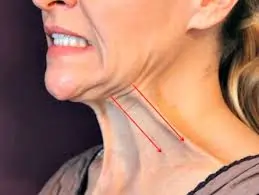
The function of Platysma Muscle
- The primary function of the platysma is to help to produce a myriad of facial expressions.
- With its joining to the modiolus & the lower lip, it can generate an expression of sadness, surprise, & horror by lowering the corners of the mouth & lower lip.
- Due to its joining to the mandible, the platysma can also help in depressing the mandible & therefore help to open the mouth.
- In addition, the platysma can seem to be bulging out during strenuous physical activity & running. It is predicted that this mechanism cures the compression of the jugular veins & the suction of the soft tissues of the neck due to the intense breathing efforts being made.
Clinical Significance of Platysma Muscle
- Platysma bands & aging- As a person age grows, changes in the tone of the skin, especially in the neck, might occur. A pre-sign of aging in the skin of the neck is the seeing of the platysma bands or ridges, that can travel the entire length of the muscle. It has been predicted that these bands appear as the skin seems to sag due to a loss of muscle tone of the platysma. In this case, surgery would be done to tighten the skin of the neck to decrease sagging & in turn, reduce the appearance of the platysma bands. Recently, however, it has been said that the platysma bands might be caused by raising muscle activity rather than a loss of muscle tone. In this case, the decided treatment would be denervation of the platysma to relax the bands & the overlying skin.
- Dissimilar to different muscles of the body that are situated deeper in the subcutaneous tissue, the platysma is situated within the subcutaneous tissue of the neck (upper layer of the cervical fascia). Its superficial location means that surgical dissections of the neck must acknowledge the underlying neurovascular things.
- Platysma can differentiate into rope-like bands, with irregular tension, causing the appearance of wrinkly skin on the neck. This is associated with the 1st signs of aging of the neck, called the turkey neck. It occurs due to a reduction in muscle tone leading to thinning & shortening of the muscle.
- Platysma synkinesis can be another/secondary complication of facial palsy. Common facial synkinesis, with synkinesis referring to simultaneous motions, gave an abnormal synchronization of facial motion. This occurrence results in involuntary facial movement occurring during the voluntary movement of another facial muscle group. It can lead to static & dynamic asymmetry of the neck & of the inferior parts of the face. The condition might cause discomfort, aesthetic concerns, & functional impairment.
Exercises for Platysmus Muscle
Chin-Firming Exercise
- Stand or sit with the shoulders relaxed, facing forward.
- Place the lower lip over the upper lip & tilt the head back, felt the stretch along the sides of the jaw & along the front of the neck.
- Stretch until you can see the ceiling, & maintain this position for 7 to 10 secs.
- For extra power, thrust the chin upright slightly to feel added resistance along the lower jaw line &all of the muscles of the platysma, from chin to chest.
- Slowly return to the initial position. Perform 10 reps, working up to 3 sets in a row.
Platysma tone Exercise
- This helps in toning the chin & cheek muscles.
- Working on platysma also assists in firming the neckline & prevents sagging of the neck.
- Open the mouth slightly pulling back the lips tight & turning them downward, and move the jaw up & down while keeping the lips pressed against the teeth.
- Remember that the muscles of the jaw should be contracted & the tendons of the neck should feel the tension.
- Move the jaw up & down twenty times at a stretch & relax. Repeat this exercise twenty times.
Lip pull Exercise
- Start in a standing or sitting position with the head in the normal position.
- Lift the lower lip up as much as possible by pushing the lower jaw out. You will feel the stretch & tension build in the chin muscles & jaw line.
- Hold in this posture for ten to fifteen secs & relax. Perform the lip pull exercise ten to fifteen times at a stretch.
- The lip pull is 1 of the most effective facial exercises, which when performed daily can help in lifting up the face muscles, making you look more youthful with high cheekbones & a prominent jaw line.
Fish face Exercise
- Also called the “smiling fish face”, this is an easy & 1 of the best facial exercises for cheeks that you can do everywhere. This exercise helps in toning & stretching the cheek muscles & decreasing flabbiness.
- Simply suck in the cheeks & lips as we used to do as kids & form a fish face, now try smiling, hold the posture for 5 secs, & you will feel the burn in the cheeks & jaws.
- Now relax & again repeat it fifteen to twenty times at a stretch for best results.
Cheek lifts Exercise
- A wide smile is 1 of the best exercise & smoothing cheek folds provide you with a younger-looking face.
- Begin in a comfortable sitting position & smile as wide as you can & lift up the cheeks towards the eyes.
- You will feel the stretch & strain in the cheek muscles. You do this exercise by closing your eyes for a better lift.
- Maintain the posture for 15 secs & relax the face.
- Repeat it fifteen times at a stretch for the best outcomes.
Blowing air Exercise
- This helps in working almost all the facial & neck muscles & is 1 of the effective face exercises to decrease double chin & get rid of chubby cheeks. It targets the cheeks, jaws, & neck muscles & tones them to give a natural facelift to give a leaner appearance.
- Sit on a chair with the spine straight, tilt the head back as much as you can so that you face the ceiling, pucker the lips & blow out air from the mouth.
- Continue for five to ten secs & relax.
- Repeat it fifteen to twenty times at a stretch for best results.
Chin-Ups exercise
- Chin-ups help firm the infrahyoid muscle & are performed while standing or seated position.
- Lift & tilt the head until you are looking at the ceiling or sky.
- Push the lower jar out & up until you feel the stretch under the chin.
- Hold this position for 10 secs before releasing. Repeat 5 to 7 times.
Tongue Touches exercise
- To lower fat stored in the lower jaw area, daily perform tongue touches.
- Look up at the ceiling or sky & open your mouth as wide as possible.
- While doing so, attempt to touch the chin with the tongue.
- Hold this for a few secs before releasing the tension in the tongue & closing the mouth.
- Repeat 5 to 7 times.
The Pseudo Chew exercise
- The pseudo chew is the other form of exercise that can effectively tone the muscles. It can be performed while standing or seated position.
- Lift & tilt the head until you are looking at the ceiling or sky.
- While the lips are closed, pretend to chew while the chin faces upward.
- You will feel the burn under the jaw as you continue to chew 15 to 20 times before lowering the head & releasing the tension.
- Repeat this a few times in the day. Repeat 5 to 7 times approx.
- Actual chewing can assist in, chewing gum daily can help strengthen the muscles.
Pouting the Sky exercise
- Doing a Pouting to the sky will work the infrahyoid. While standing or in a seated position, lift & tilt the head until you are looking at the ceiling or sky.
- Attempt to “pout” the sky by puckering the lips as far as they can straighten.
- Concentrate on moving the lips only, & maintain this position for 5 to 10 secs before releasing the tension & lowering the head.
- Repeat 5 to 7 times.
- This will tone the muscles in the jaw & neck.
Platysma tension relief exercise
- It s a simple exercise that may assist to relieve tension in the infrahyoid muscle.
- Jutting the chin forward & tilting the head slightly upwards, place the tips of both thumbs under the chin, 1 in front of the other.
- Next, place the tip of the tongue against the roof of the mouth, gradually increasing the pressure of the tongue while holding the thumbs firmly against the muscle.
- Hold for 7 to 10 secs & repeat 5 to 7 times.
Resisted jaw protrusion exercise
- This exercise is the resisted jaw protrusion exercise.
- Push the bottom of the jaw forwards, using resistance from the hand.
- This is a strengthening exercise for the jaw muscles, including the digastric muscle.
- Perform 7 to 10 reps, 5 to 7 times per day.
Hanging head lift exercise
- Lying down on either a bed or a sofa with the head dangling over the edge. Raise the chin toward the chest.
- Place a hand beside the head for assistance until the jaw & neck muscles grow stronger.
- Hold the pose for a few secs & slowly lower the head to its original beginning position.
- Repeat the exercise for 5 to 7 reps before relaxing.
Shaker exercise
- The so-called “Shaker Exercise” is useful to strengthen the infrahyoid muscles, including the geniohyoid. Strengthening these muscles can relieve dysphagia. It has an isometric & an isokinetic portion.
- Firstly, lie down flat on the floor & do not place a pillow below the head as you need it to be completely flat. Raise your head while keeping your shoulders firmly on the ground. Tuck the chin into the chest & hold this position for 60 secs then rest for 60 secs. Repeat this exercise 5 to 7 times.
- Next, perform the same head lifting movement but as soon as the chin reaches the chest, release & go back to the beginning position. Repeat this 10 times.

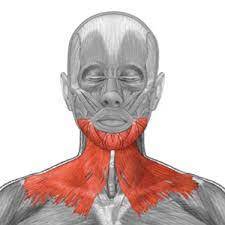
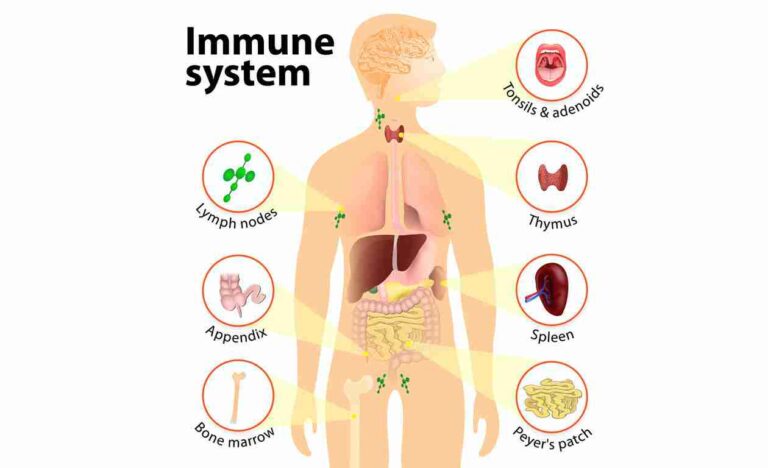

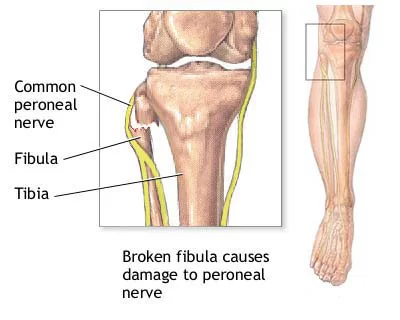
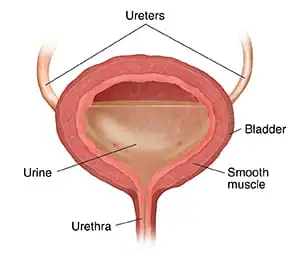
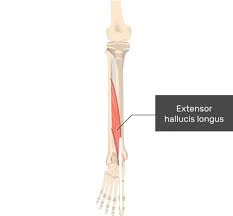
One Comment